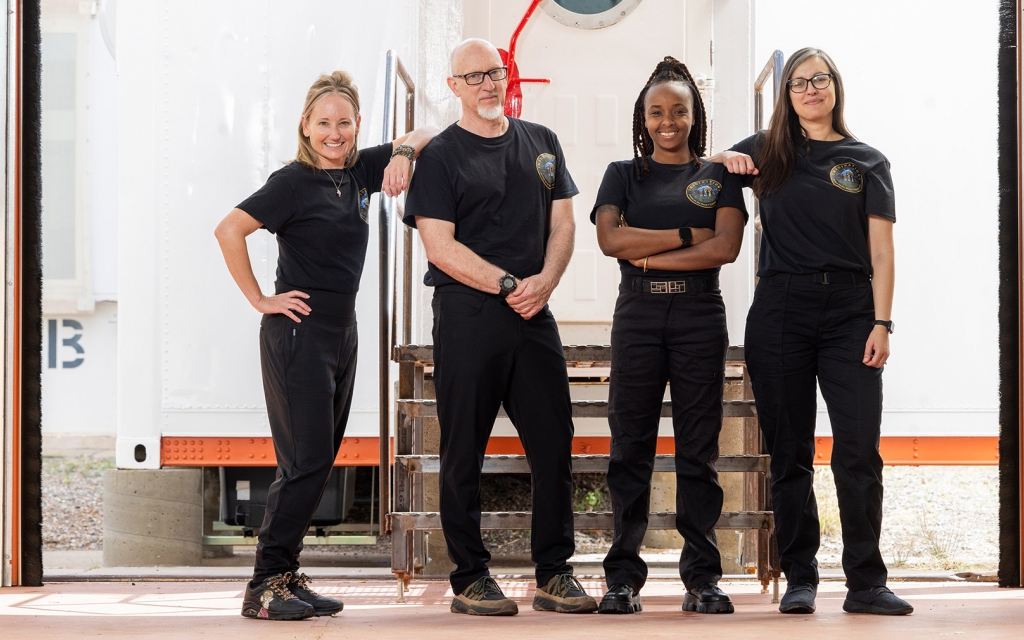Inside the Movement to Bring the Arts to Outer Space

Inside the Movement to Bring the Arts to Outer Space
Esquire
by Christopher Cokinos
May 16, 2024
This spring, a group of creatives simulated a lunar mission in the Arizona desert. What they found may challenge your understanding of how astronauts should spend their days.
[In] extreme environments like space, we should demand more than just enjoyment. The very things said from and about the moon can be strengthened with artistic technique. How we render the moon will either replicate our worst tendencies on Earth or foster a respect for the timeworn beauty of this companion world. From simulating living in a lunar habitat to talking with astronauts who will fly around the moon next year, I am obsessed with investigating how we can return to the moon to live and work while using the tools that artists know. Because those tools can help make life worth living.




